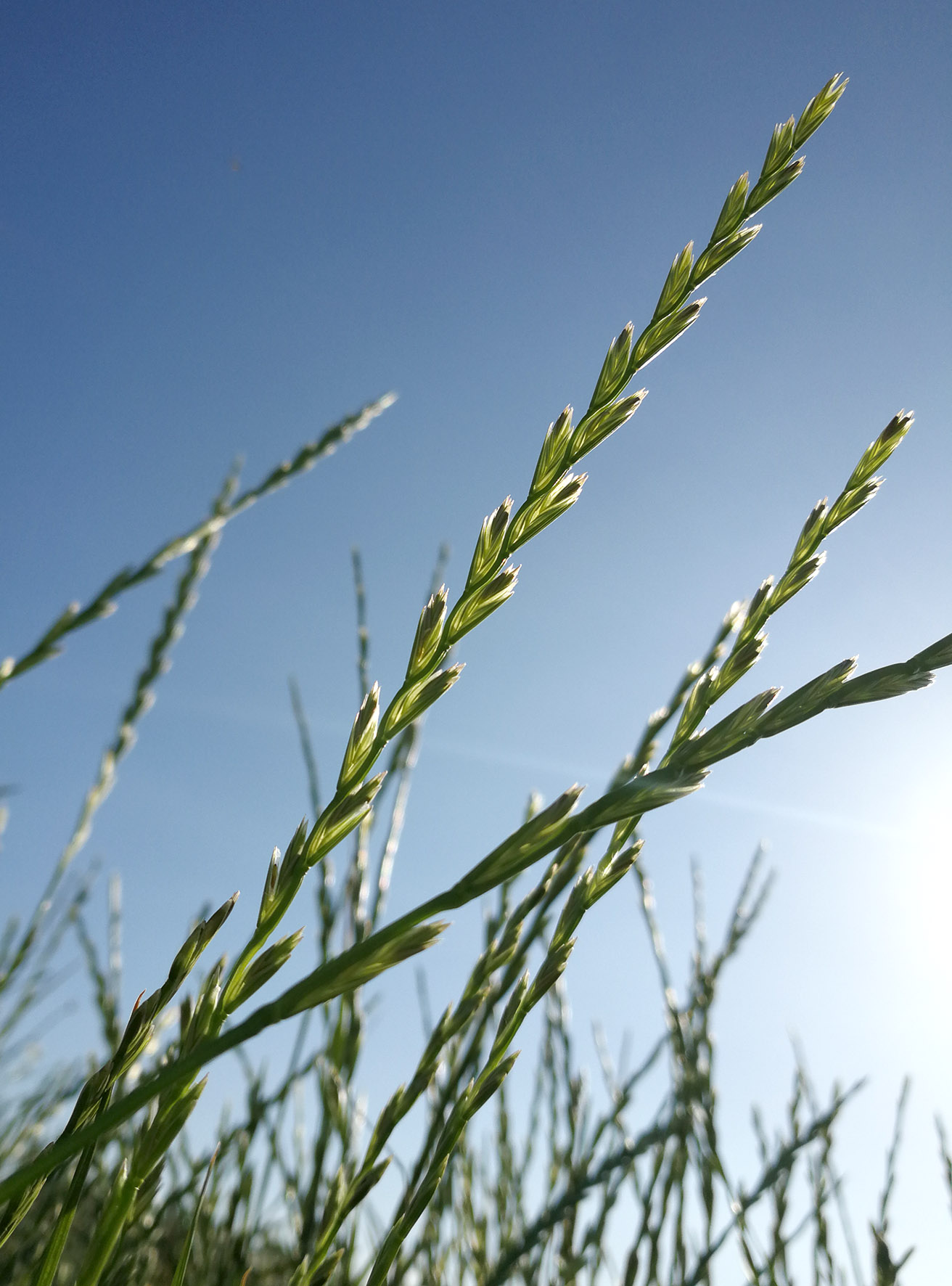
PPP Pre-breeding in Perennial Ryegrass (Lolium perenne L.)
Project leader:
Professor Odd Arne Rognli, NMBU, Norway
Project partners:
Plant breeding entities: Boreal Plant Breeding, Finland; DLF Seeds AS, Denmark; Estonian Crop Research Institute, Estonia; Graminor AS, Norway; Lantmännen ek för, Sweden; Latvia University of Life Sciences and Technologies, Latvia; Lithuanian Research Centre for Agriculture and Forestry, Lithuania
Academic institutions: Aarhus University, Denmark; Agricultural University of Iceland, Iceland; Norwegian University of Life Sciences, Norway
Project grants:
Phase I (2012-2013): DKK 1,571,850; Extension (2014): DKK 987,000; Phase II (2015-2017): 2,169,947; Phase III (2018-2020): 3,064,000, total TDKK: 7,793 (15,586 from PPP and partners)
Main goals:
- Develop improved germplasm of perennial ryegrass with a suitable adaptation to future climates in the Nordic region.
- Develop tools for genomics-assisted future breeding
- Create an arena for collaboration, capacity building and synergy
In Northern Europe, the expected climate changes will result in new growth conditions for forage production due to longer (1-3 months) growth season combined with milder and rainier autumns and winters. To meet the challenges of the future climate, and to move perennial ryegrass further north, the genetic diversity of the Nordic perennial ryegrass breeding populations needs to be enlarged. This pre-breeding project has been running in three phases from 2012 to 2020 and has now been terminated.
The project started by obtaining seed samples of 383 genebank accessions. These accessions were seed multiplied, genotyped by high-throughput sequencing (GBS), established as replicated single plant experiments for detailed phenotyping in Denmark, Sweden, Norway and Finland and the diploid accessions established in crossing blocks in Denmark and Norway for generating a broad-based breeding population. A multi-site field trial for testing the potential winter hardiness of 22 perennial ryegrass cultivars confirmed the need for more robust and stable cultivars with wider adaptations.
Genomic predictions based on data from field experiments with the original accessions in all seven countries have identified a set of ~30 superior accessions across the diverse environments and sets of locally best adapted accessions for each partner. Accessions of Baltic and East European origin seem to have the best potential to contribute to improving winterhardiness. The broad-based diploid breeding population has been subjected to natural selection for two generations in all countries to create locally adapted germplasms. Since tetraploid perennial ryegrass is more winterhardy than diploids, we have generated 1000 new tetraploid genotypes by chromosome doubling. These have been used to establish a broad tetraploid breeding population subjected to natural selection in the same way as the diploid.
A range of synthetic populations have been generated in the project, seeds of these will be stored at NordGen under a Materials in Transition (MIT) agreement. All accessions have been checked for ploidy levels using flow cytometry, and passport data have been updated. The breeding companies have access all genotype and phenotypic data generated in the project. In the last phase of the project, a bioinformatic training workshop was organized for the partners. They should therefore be in a position to utilize the data and establish their own molecular breeding activities.
/Odd Arne Rognli, professor NMBU
